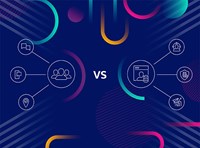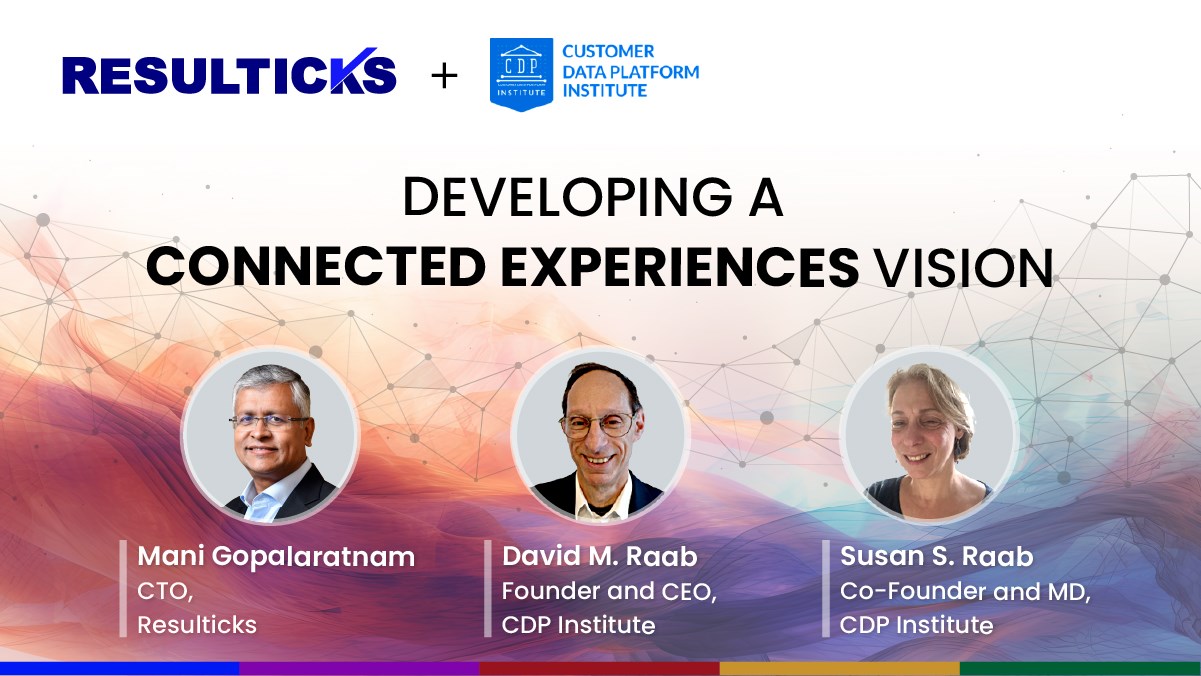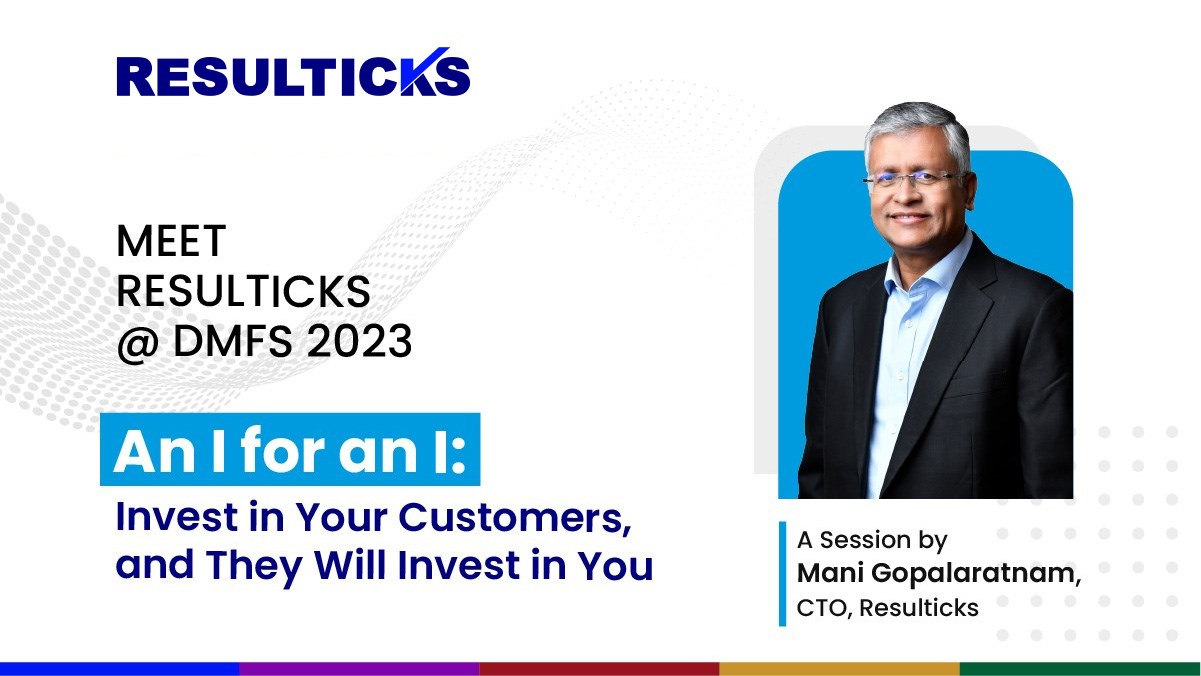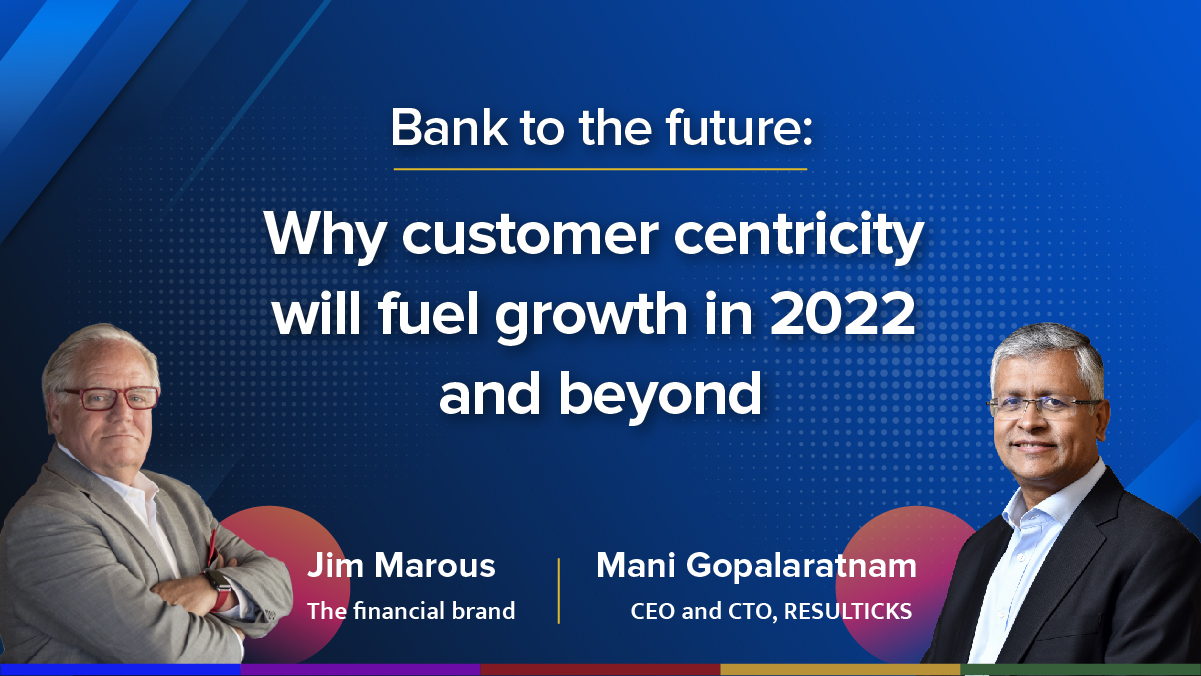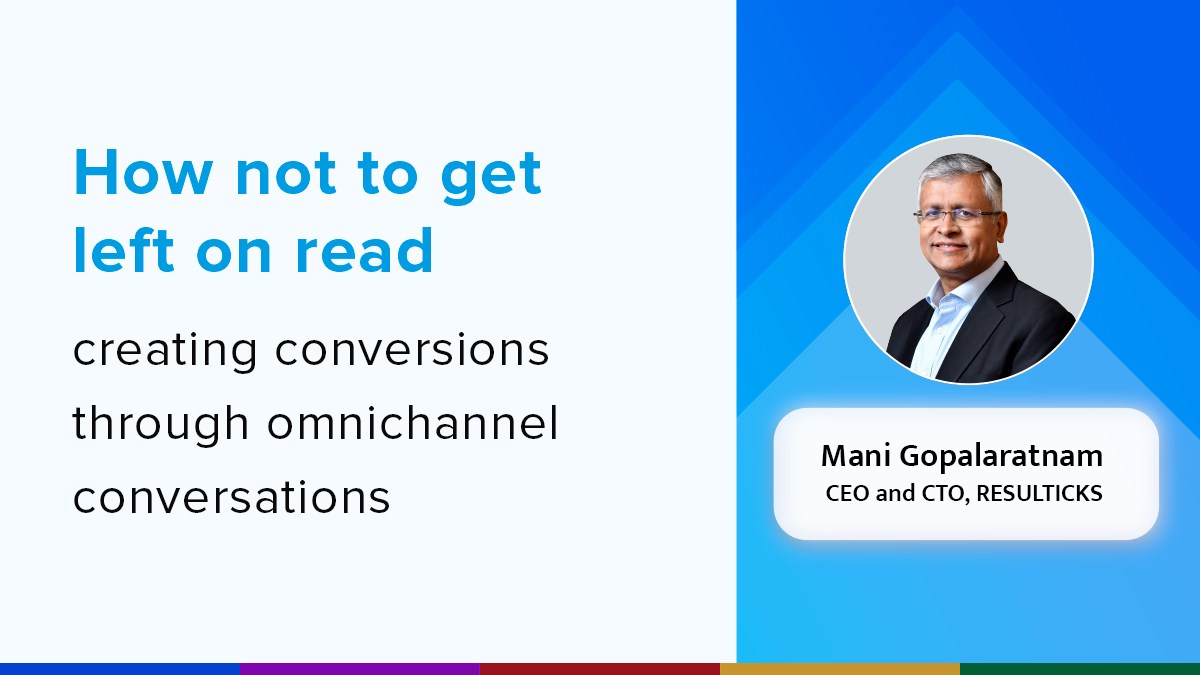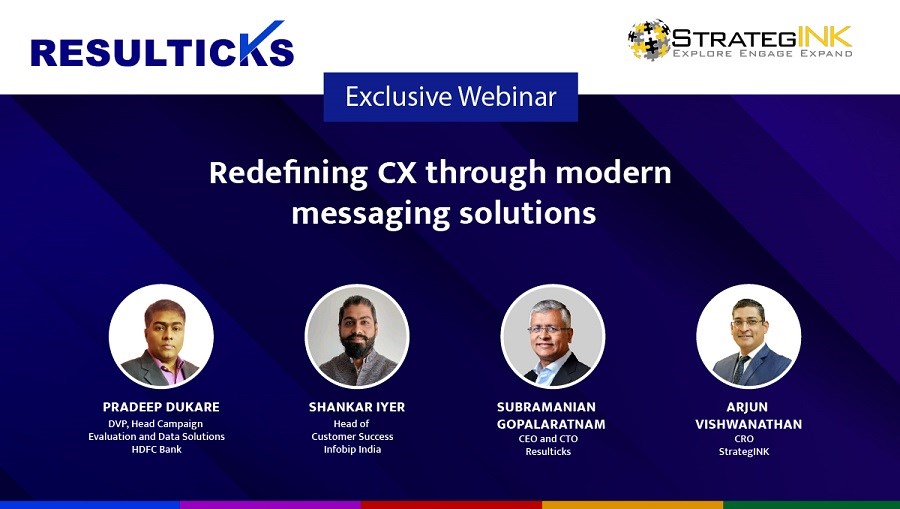Customer engagement today is defined by speed, precision, relevance, and continuity. It is the product of significant strides in marketing technology, the explosion of data, and skyrocketing consumer expectations for meaningful, seamless interactions with brands at any touchpoint and moment.
For marketers, this shifting paradigm has drastically escalated the pace and scale at which they must operate. They have to make a daunting number of real-time business decisions, and to do so, which requires them to detect and analyze rapidly changing situations from massive volumes of data.
It’s far from an easy task, one that is made all the more difficult by a number of factors. Firstly, consumers interact with brands across a wide variety of devices and channels such as databases, websites, mobile apps, social media, CRMs, and more. And all of the audience data is all too often scattered across siloed sources and systems. If they lack the means to integrate all of their data sources, brands will be unable to analyze audience activities and profiles in a holistic, contextual manner.
The result? A fragmented view of the individual customer, less than cohesive communications, and an inability to properly analyze the impact of their marketing efforts on top-line growth.
Secondly, and perhaps at a more fundamental level, it is simply impossible to expect brands to manually and accurately process so much data. They will struggle to answer questions such as:
- What events should I act on?
- Which ones should I prioritize?
- What are the triggers and conditions that should lead me to deliver a certain response as opposed to another?
- How often should I interact with this particular audience group?
- How do I balance so many communications occurring at any moment?
With such a large number of dynamic customer activities that require attention and so many specific attributes that could factor in any number of communications, brands need the right business rules in place to govern the who, when, where, and how of their customer engagement efforts.
Business rules, once implemented and deployed through the right real-time decisioning engine, essentially overcome the chaos of cross-channel communications to support something much more targeted, contextual, and continuous. They enable brands to leverage the insights they have been gathering from their research and actual marketing campaigns to inform strategic choices for their diverse audience segments, across touchpoints, and in relation to their objectives.
In short, brands can map out the behavior triggers and conditions that will govern all aspects of their communications, and they can continuously tweak the rules based on evolving insights harnessed from the interactions.
For example, a brand can set up a frequency cap that no audience will receive emails after four failed outreach attempts on that channel. It can map out that all individual that have opened its upsell social media ads will be re-engaged with follow-up emails and web notifications that direct them to relevant educational materials the next day. If the brand has concluded that the specific target group for its campaign tend to respond to organic supplement offers on Saturdays on their mobile apps, it can utilize this insights to further refine its upcoming campaign to maximize engagement and potential revenue.
Business rules provide the order and direction that are needed more than ever for customer engagement today. They empower brands to avoid communication fatigue, eliminate irrelevant messaging, optimize marketing spend, and achieve the best outcomes possible for their campaigns—at the right time and channel. They are not just the barriers between relevance and chaos. They are an essential element of real-time, omnichannel customer engagement.


